Key Takeaways
- Seal entry points and reduce clutter to block scorpions.
- Use DIY methods like insecticide dust, borax, or essential oil sprays.
- Trim vegetation, clear debris, and use yellow outdoor lights.
- Use UV light to spot scorpions and look for exoskeletons or sting signs.
- Call pest control for persistent or large infestations.
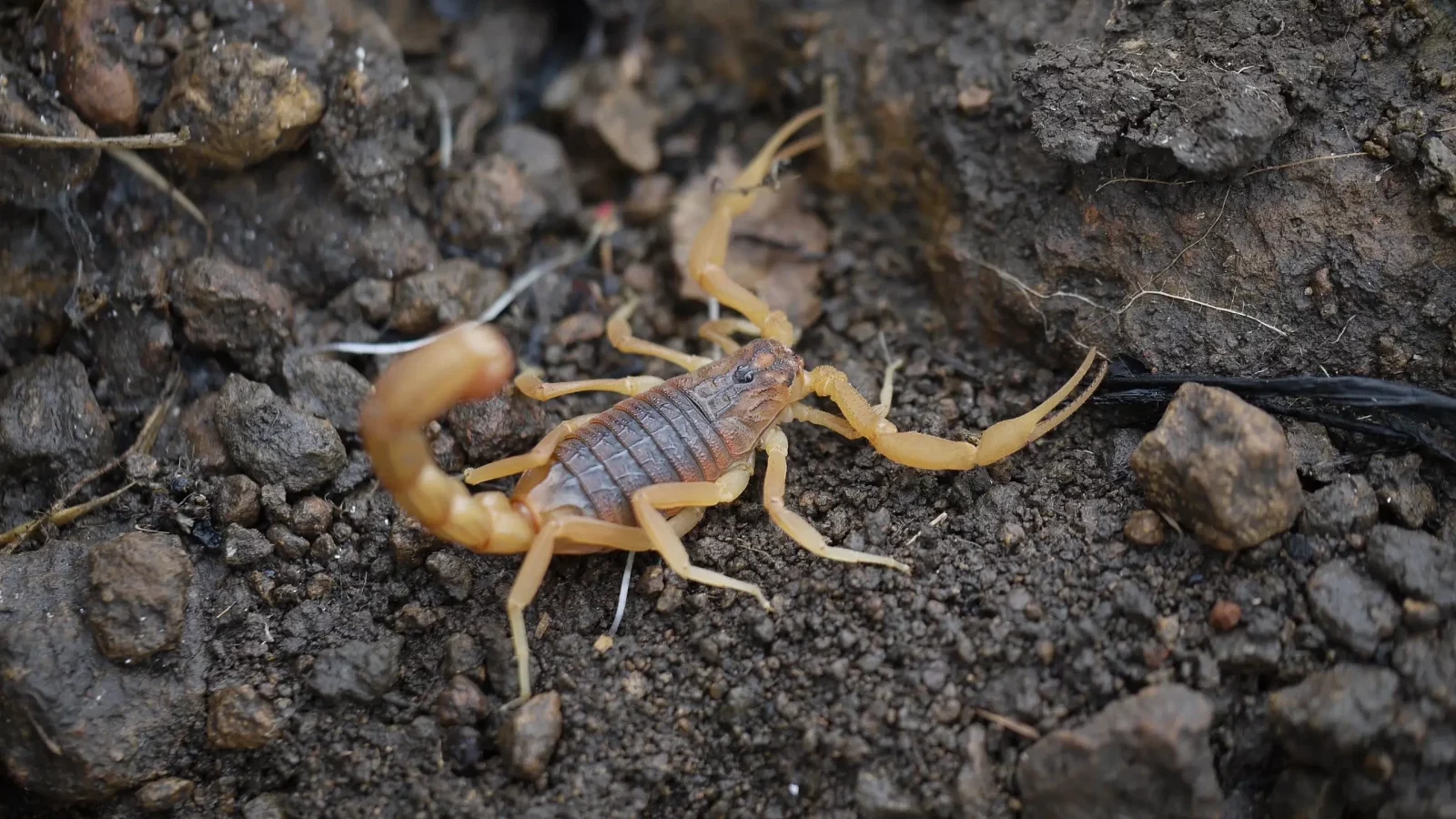 Scorpions are ancient arachnids that have roamed the Earth for over 400 million years. While they play a major role in controlling insect populations, their presence in homes or yards can pose a threat to humans and pets. Learning how to get rid of scorpions effectively is essential.
In this guide, we’ll explore how scorpions get in the house, their behavior, and DIY and professional scorpion control methods. We’ll also learn scorpion pest control and prevention methods to help you maintain a scorpion-free environment.
Scorpions are ancient arachnids that have roamed the Earth for over 400 million years. While they play a major role in controlling insect populations, their presence in homes or yards can pose a threat to humans and pets. Learning how to get rid of scorpions effectively is essential.
In this guide, we’ll explore how scorpions get in the house, their behavior, and DIY and professional scorpion control methods. We’ll also learn scorpion pest control and prevention methods to help you maintain a scorpion-free environment.
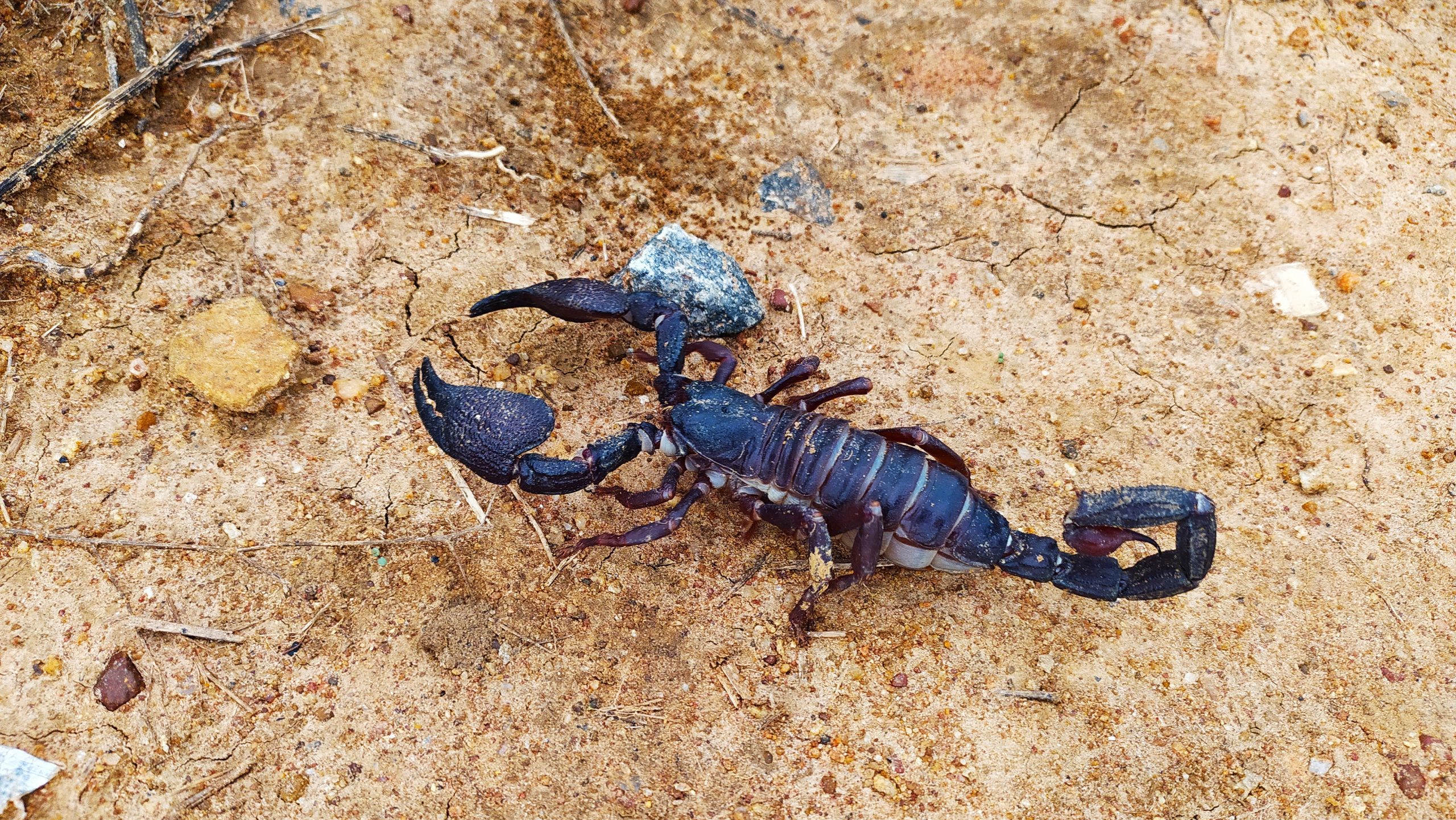

Not getting a solution?
Get your free pest control estimate today!How to Get Rid of Scorpions in Your House Using DIY Methods?
Homeowners can use natural or chemical remedies to control scorpion populations. DIY solutions are particularly effective for minor infestations and can be integrated into broader pest control strategies. Here are a few DIY guides to get rid of scorpions from your home:Insecticide Dust Application
An effective method for scorpion control, using insecticide dust to target cracks, crevices, and entry points where scorpions hide.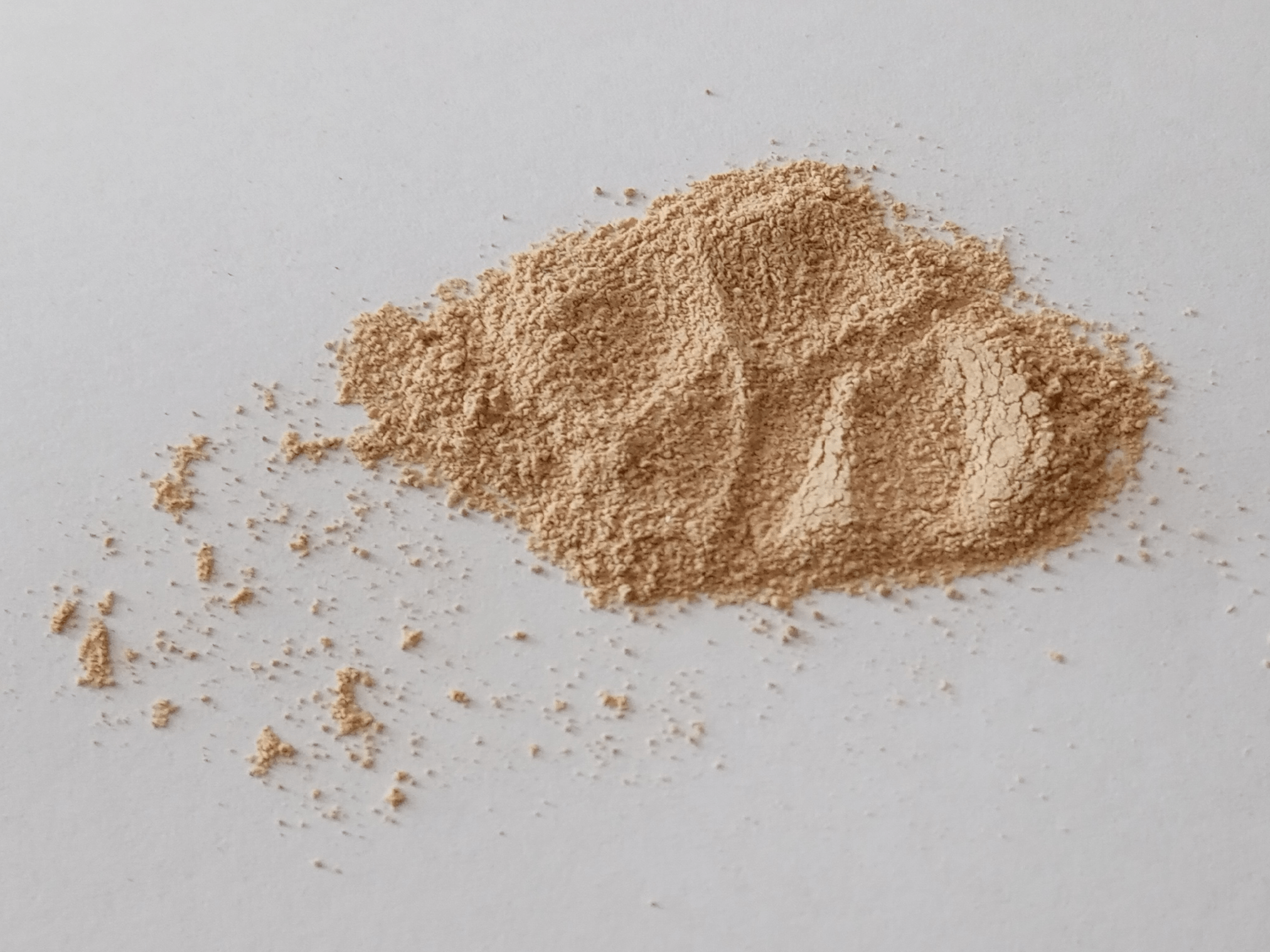
INGREDIENTS & MATERIALS
-
 Insecticide dust
Insecticide dust
-
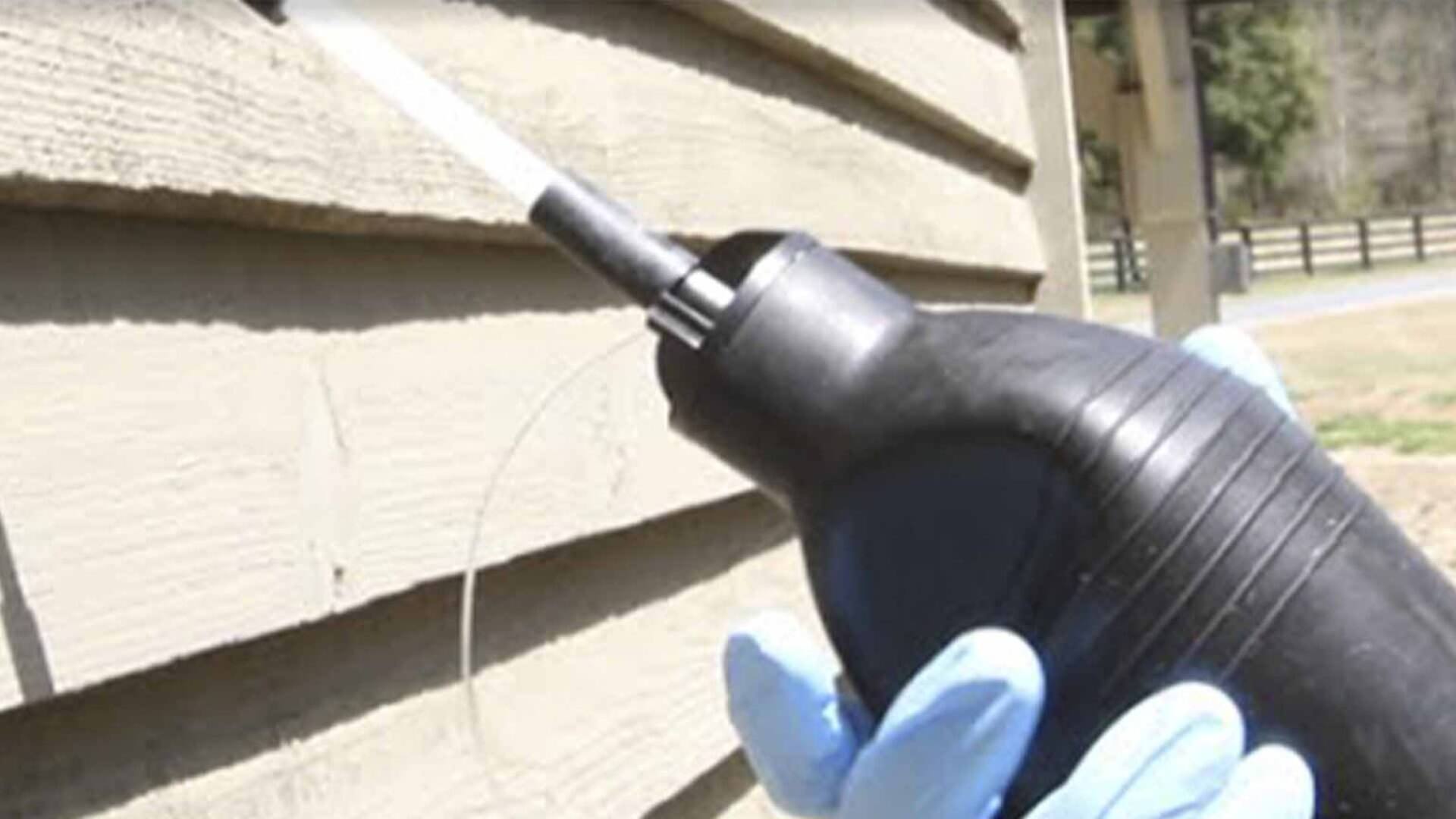 Duster or hand pump applicator
Duster or hand pump applicator
-
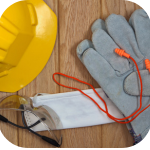 Protective gloves
Protective gloves
-
 Mask
Mask
-
 Small container
Small container
INSTRUCTIONS
a. Prepare the Area
- Ensure that the area where you will apply the insecticide dust is dry. Remove clutter or items blocking potential hiding spots as scorpions tend to hide in cracks, crevices, and wall voids.
b. Apply Dust to Key Areas
- Use a duster or hand pump applicator to distribute the insecticide dust in areas where scorpions are known to frequent. Focus on corners, baseboards, window frames, doorways, and behind furniture. Apply a thin layer to ensure contact with the scorpions.
c. Focus on Entry Points
- Apply the dust along exterior and interior entry points, such as doorways, window sills, vents, and areas where plumbing or electrical wires enter the home. These are common access points for scorpions.
d. Wait for Results
- Insecticide dust works slowly but effectively. When scorpions groom themselves, they ingest toxic particles. Results may take a few days, depending on the formulation.
e. Safety Precautions
- Always wear gloves and a mask when applying insecticide dust. Follow the product label instructions and keep the area well-ventilated. Keep pets and children away until the treated area is safe to re-enter.
Borax and Sugar Mixture
A simple homemade bait to eliminate scorpions by combining the attractant properties of sugar with the toxicity of Borax.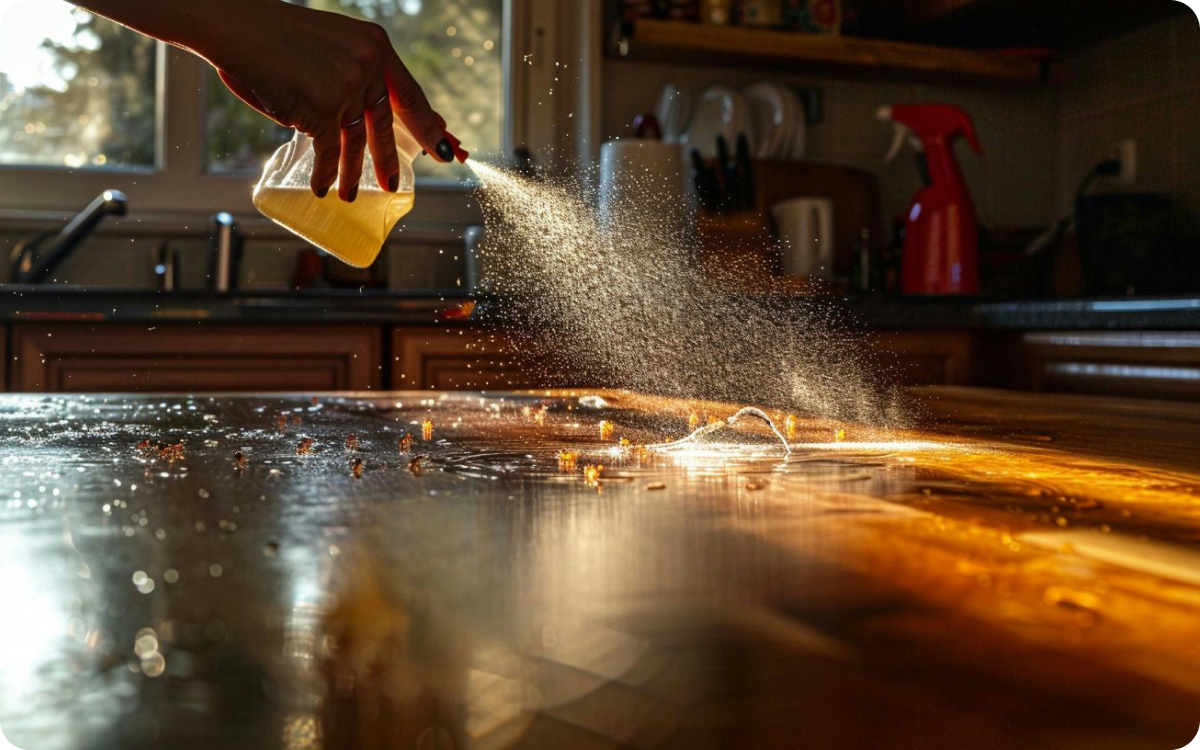
INGREDIENTS
-
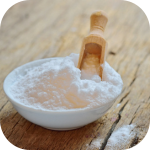 1 tablespoon of Borax
1 tablespoon of Borax
-
 1 teaspoon of sugar
1 teaspoon of sugar
-
 Small container or lid
Small container or lid
-
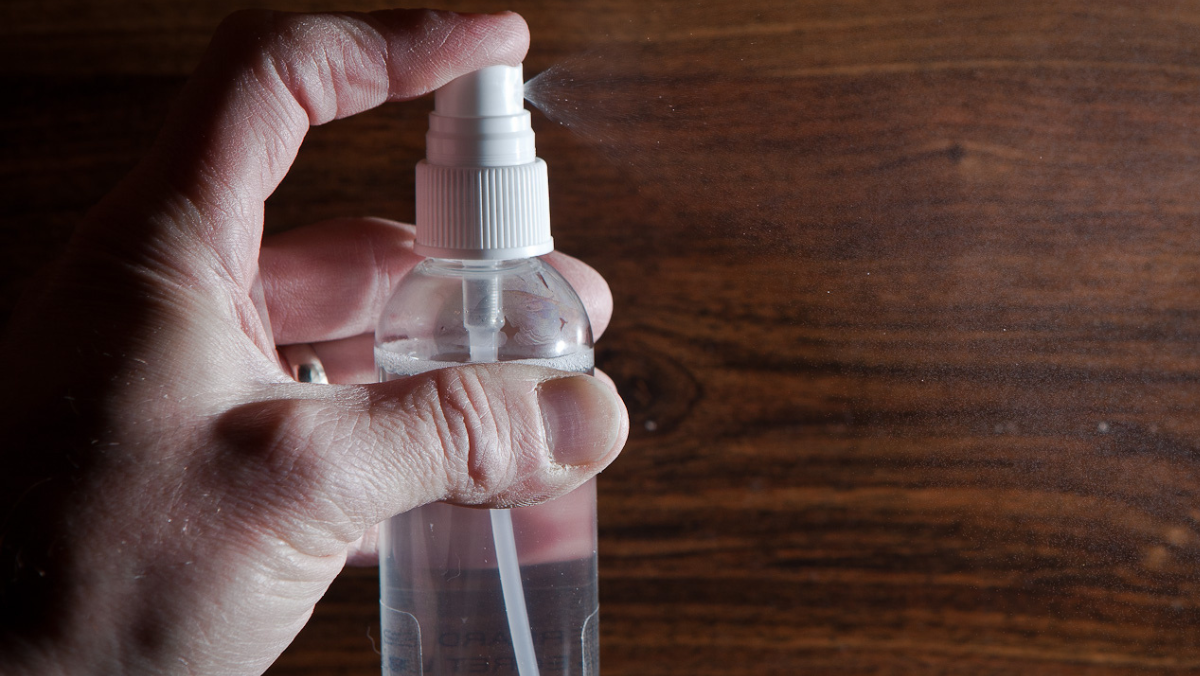 Water
Water
INSTRUCTIONS
a. Mix the Ingredients
- In a small container, mix 1 tablespoon of Borax with 1 teaspoon of sugar. The sugar attracts scorpions, while the Borax acts as a slow-acting poison, dehydrating and killing them upon ingestion.
b. Optional – Add Water
- If the mixture appears too dry, lightly moisten it with a small amount of water to create a paste-like consistency. Avoid making it too wet, as the mixture should remain dry for optimal effectiveness.
c. Place the Mixture
- Place small amounts of the mixture in scorpion-prone areas such as behind furniture, along baseboards, cracks, and entry points like windows or doors.
d. Monitor and Refresh
- Check the bait every couple of days. If it becomes damp or disappears, refresh it with new Borax and sugar. A noticeable decrease in scorpion activity should occur within a week.
e. Safety Precautions
- While Borax is not highly toxic to pets in small amounts, ensure the mixture is placed in areas inaccessible to pets and children. Wear gloves when handling and wash hands thoroughly afterward.
Diatomaceous Earth (DE) Application
Diatomaceous Earth is a natural and effective way to control scorpions by dehydrating and killing them on contact.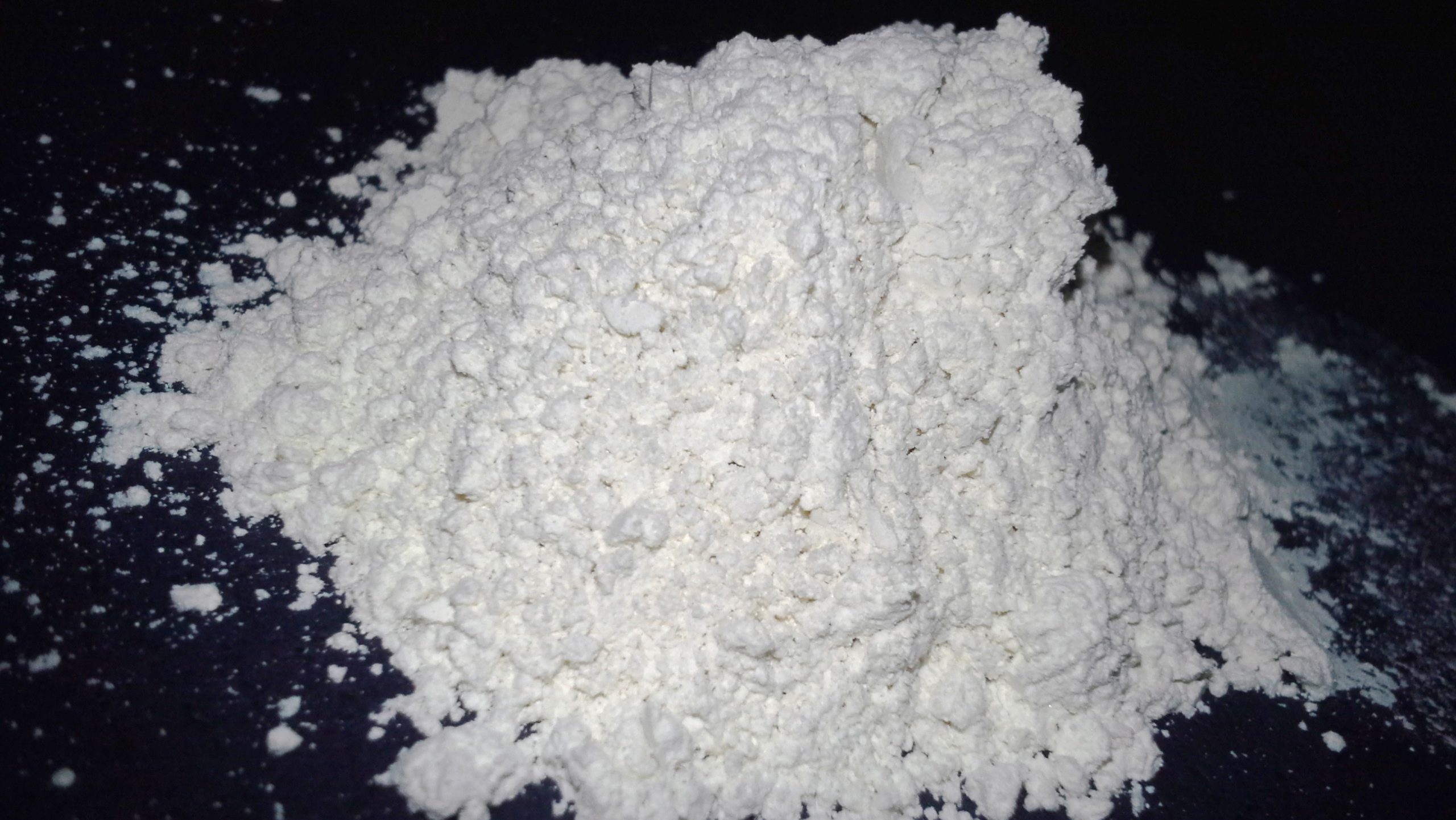
INGREDIENTS & MATERIALS
-
 Food-grade Diatomaceous Earth (DE)
Food-grade Diatomaceous Earth (DE)
-
 Duster or applicator
Duster or applicator
-
 Gloves
Gloves
-
 Mask for inhalation protection
Mask for inhalation protection
INSTRUCTIONS
a. Prepare the Area
- Identify common scorpion entry points such as cracks in walls, under baseboards, window sills, and door frames. Remove clutter to allow better access to these areas.
b. Apply Diatomaceous Earth
- Using a duster or dust applicator, apply a thin layer of DE around cracks, entry points, and baseboards. DE pierces the scorpion’s exoskeleton, causing dehydration and death.
c. Leave for Several Days
- Allow DE to remain undisturbed for several days to take effect. Reapply after cleaning or if it becomes damp.
d. Safety Precautions
- Wear a mask to avoid inhaling DE particles, and ensure pets and children cannot access treated areas. Use food-grade DE only for safe application indoors.
Natural Scorpion Repellent
This natural scorpion repellent uses peppermint or lavender essential oil to create a strong scent that deters scorpions.
INGREDIENTS
-
 10–20 drops of essential oil
10–20 drops of essential oil
-
 1 cup of water
1 cup of water
-
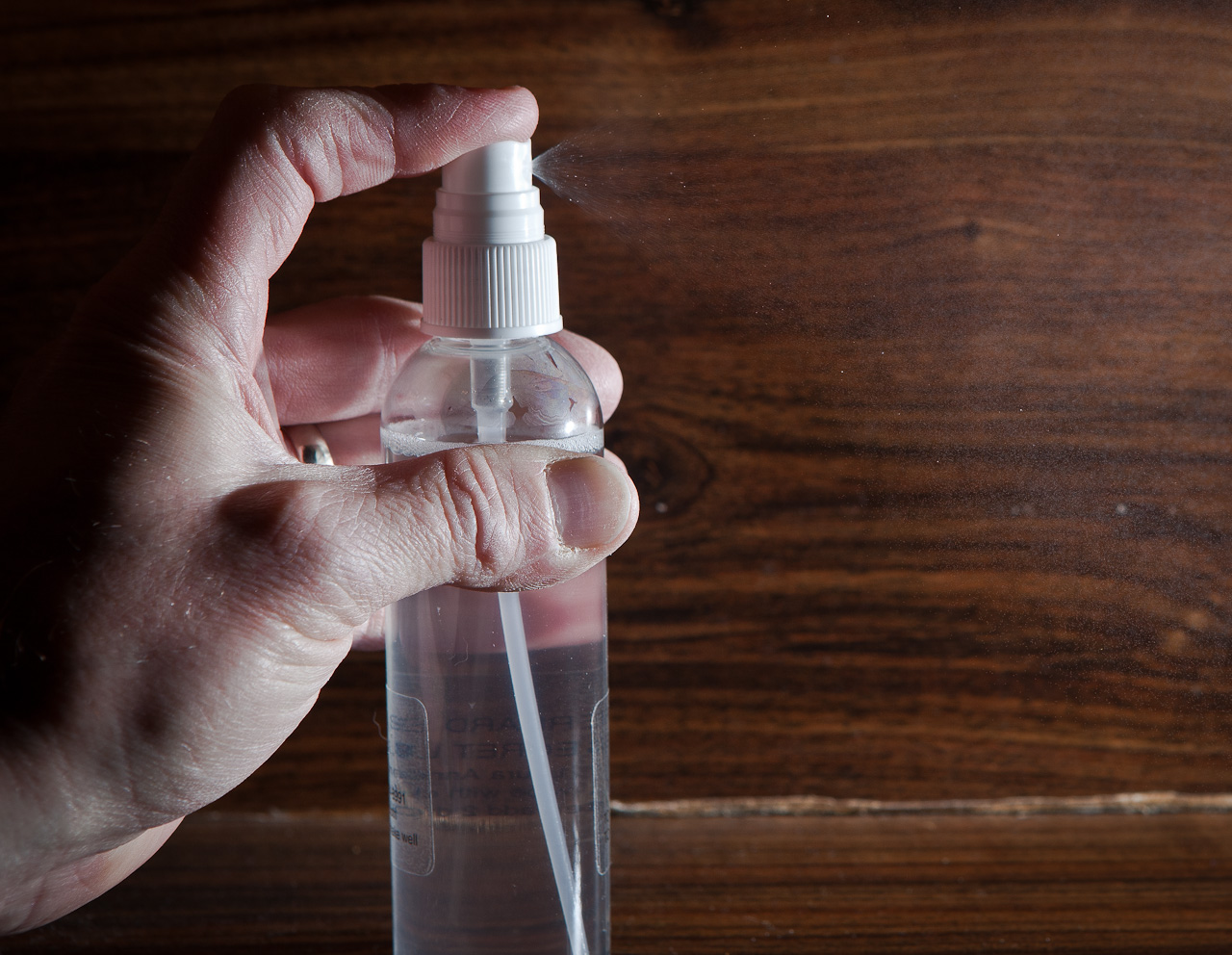 Spray bottle
Spray bottle
INSTRUCTIONS
a. Prepare the Spray Solution
- Fill a spray bottle with 1 cup of water and add 10–20 drops of essential oil. Peppermint oil is highly effective due to its strong scent, which scorpions find unpleasant.
b. Mix the Solution
- Shake the bottle thoroughly to mix the oil and water. For a stronger spray, increase the amount of essential oil.
c. Spray Entry Points
- Spray the solution generously around entry points like doors, windows, baseboards, and cracks. Reapply every few days or after rain for continuous protection.
d. Safety Precautions
- Essential oils are safe for humans but should not be ingested or applied directly to skin in large quantities. Be cautious around pets, as some essential oils can be harmful to animals. Always check safety guidelines for essential oils before use.
How Do Scorpions Get in the House?
Scorpions don’t intentionally target homes; instead, they are driven by basic survival instincts. Food, water, and living space are the primary reasons scorpions venture into residential areas. Homes with abundant insects, leaking pipes, or cluttered storage spaces create a welcoming environment for these pests. Scorpions often enter homes during extreme weather conditions. Intense heat or heavy rains can drive them indoors, seeking refuge in dark, cool spaces. Additionally, proximity to natural habitats, such as deserts, forests, or rocky landscapes, increases the likelihood of scorpion infestations. Landscaping choices, such as using rocks, mulch, or dense vegetation, may inadvertently attract scorpions closer to your home.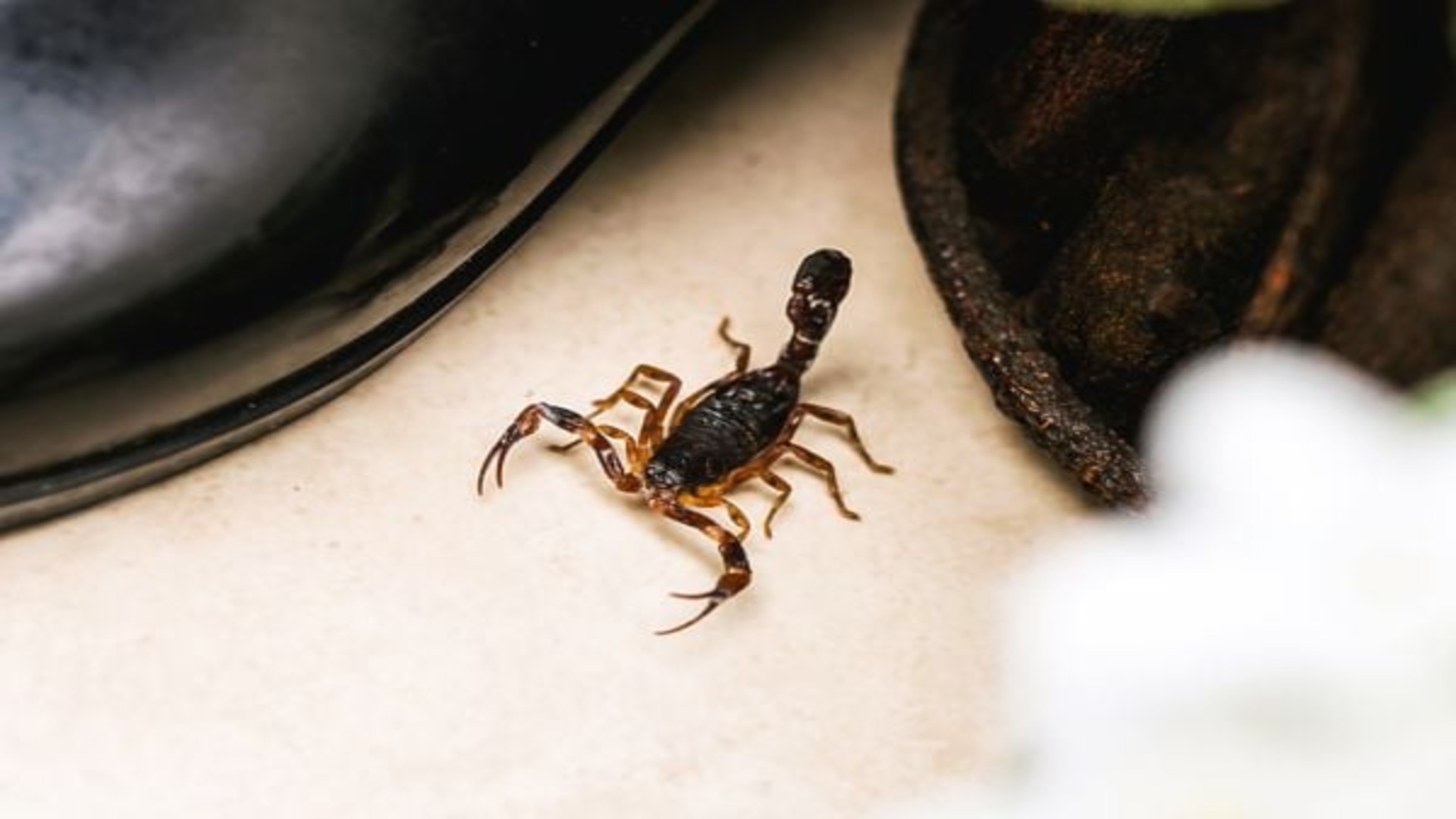
Types of House Scorpions and How to Identify Them
Although there are over 1,500 scorpion species worldwide, only a handful are commonly encountered in residential areas. Identifying the type of scorpion is crucial for applying the right control methods.- Bark Scorpion: Venomous and capable of climbing walls, it can cause severe reactions like numbness and convulsions.
- Striped Bark Scorpion: Pale yellow with dark stripes, it delivers a painful sting but is less venomous.
- Desert Hairy Scorpion: Large with a thick, hairy body, it has mild venom and prefers outdoor habitats.
Infestation Signs and Where to Find Scorpions
-
Exoskeletons: Scorpions shed their outer shells as they grow. Translucent exoskeletons found in hidden areas are a clear sign of activity.
-
Tracks and Droppings: In dusty areas, scorpion tracks or droppings can confirm their presence.
-
Unexplained Stings: Painful stings without visible culprits often indicate scorpions.
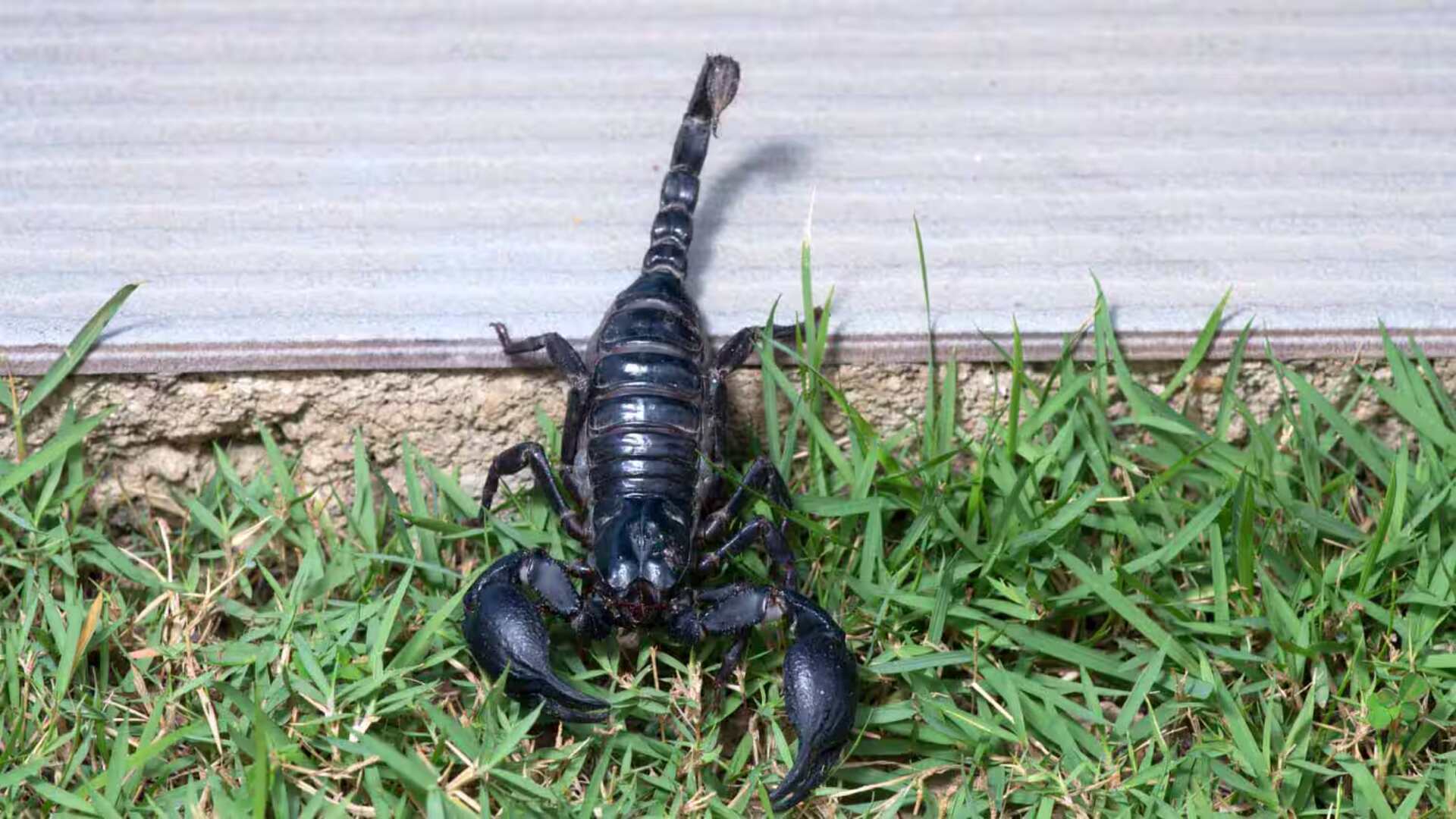 Scorpions hide in dark, secluded spaces during the day and emerge at night to hunt. Indoors, they can be found in basements, crawl spaces, attics, and under furniture. Outdoors, scorpions prefer woodpiles, rocks, mulch, and dense vegetation. If you suspect there is a scorpion infestation in your home or yard, contact professional pest control experts for effective removal.
Scorpions hide in dark, secluded spaces during the day and emerge at night to hunt. Indoors, they can be found in basements, crawl spaces, attics, and under furniture. Outdoors, scorpions prefer woodpiles, rocks, mulch, and dense vegetation. If you suspect there is a scorpion infestation in your home or yard, contact professional pest control experts for effective removal.
How to Get Rid of Scorpions in Your Yard
-
Trim Vegetation: Keep bushes, grass, and trees well-maintained to eliminate hiding spots.
-
Remove Yard Debris: Clear rocks, logs, and woodpiles that scorpions might use as shelter.
-
Install Scorpion Barriers: Use mesh screens and fencing to block scorpions from entering your yard.
-
Use Outdoor Lighting: Replace bright lights with yellow or LED lights, which attract fewer insects and indirectly discourage scorpions.
What Repels Scorpions?
-
UV Light Detection: Scorpions glow under UV light. Use a UV flashlight at night to locate scorpions in dark areas.
-
Barriers and Fencing: Create physical barriers around your home using mesh screens or scorpion-proof fencing.
-
Regular Inspections: Schedule routine inspections of your home and yard to identify potential problem areas.

DIY vs. Professional Scorpion Pest Control
While DIY methods can effectively manage small infestations, severe or recurring problems may require professional pest control services. Consider calling a professional if:- Scorpions are frequently sighted despite preventive measures.
- Family members or pets are at risk due to repeated stings.
- The infestation is widespread or challenging to locate.
Dos and Don’ts for Scorpion Control
DO'S
-
Inspect your home at regular intervals for cracks and gaps.
-
Use natural and chemical repellents in high-risk areas.
-
Wear gloves when handling rocks, wood, or debris.
DON'TS
-
Don’t ignore small openings in your home’s structure.
-
Avoid leaving clutter or debris near your house.
-
Don’t rely solely on one method; combine prevention, natural, and chemical strategies for optimal results.





